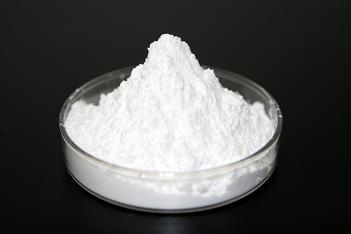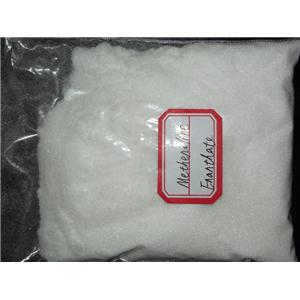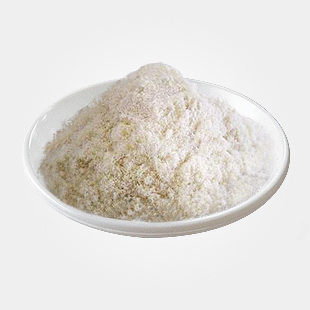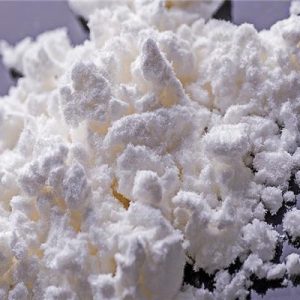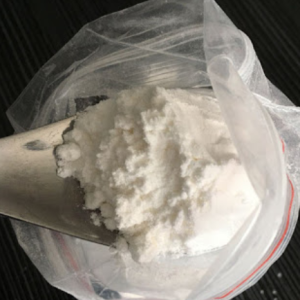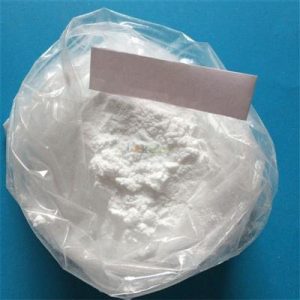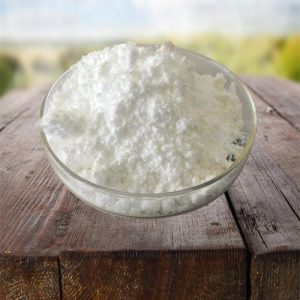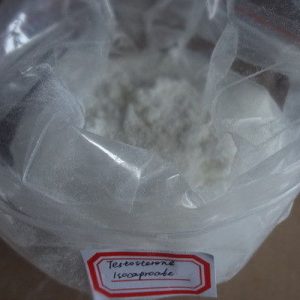Anadrol(Oxymetholone), also known as A50 or A-bomb, was first developed to treat anemia and weight loss caused by various diseases. It is an effective drug for weight gain, appetite, strength, and red blood cell count. Like most other anabolic steroids, Anadrol has side effects. It inhibits its own hormone secretion, has a negative impact on blood lipids, causes water retention, and is notorious for causing headaches and severe liver toxicity.
Oxymetholone (Anadrol) Side Effects
The weight and muscle gain effects of AnadrolC in the first three weeks are very exaggerated, and then they quickly stabilize. Its side effects continue throughout the cycle, including headaches, edema, increased blood pressure, and a feeling of discomfort. Like other drugs, some of the side effects of Anadrol are facts, while others are rumors. Anadrol is derived from DHT, which cannot be converted to estrogen by aromatase. It is not progesterone or a compound with progesterone-like functions. The reason why it causes estrogen is still a mystery.
Some people speculate that it may be that Anadrol stimulates estrogen receptors without turning into estrogen. This is about the most convincing statement I have heard, but the strange thing is that Anadrol has been used in studies to change the female reproductive/menstrual cycle, and the result is that it reduces plasma progesterone levels. People think that aromatase inhibitors will not help with Anadrol’s side effects, but many users have found that Letrozole (which can reduce estrogen in the body to almost undetectable levels in some cases) can greatly reduce or even eliminate many of Anadrol’s side effects, including edema.
Anadrol toxicity is unquestionable, but it can still be avoided and controlled. Studies have shown that a dose of 100 mg has almost no side effects. Someone once said that he used 150 mg a day. Obviously, Anadrol’s liver toxicity has been exaggerated, but for health reasons, it is recommended to use it for no more than six weeks.
Oxymetholone (Anadrol) C
C with Anadrol is one of the most common Cs in the sports world, but like any drug, you need guidance on how to use it to get the results you want. Anadrol is primarily used for off-season bulking and strength. Competitive bodybuilders are the only ones who use Anadrol in the season, and some hardcore gym-goers do it, but the effects are only short-lived and not worth it for them.
Anadrol C for bulking:
Anadrol is generally used as a starter drug before the entire C in the off-season, because it works quickly and can synergize with other drugs to produce a stronger anabolic effect.
For most people, a dose of 50 mg per day is enough. More experienced people will increase it to 100 mg per day, but beginners should definitely start with a low dose. As long as there is enough food, both 50 mg and 100 mg can bring amazing progress. It is not a dream to use 50 mg per day for a month to gain 20 pounds.
Generally, Anadrol C is maintained for four to six weeks. As a short-acting drug, Anadrol must be stopped after a period of use. Once the four to six weeks are up, you will have to rely on the other steroids in the C to continue. The dose of Anadrol will also have an impact on the post-cessation period, and those who use more than 100 mg per day will find that progress is no longer obvious, and the loss of appetite will make it very difficult to increase the size.
Oxymetholone (Anadrol) powder Chemical Properties
Melting point 172-180°C
alpha 34 º
Boiling point 409.59°C (rough estimate)
density 1.0834 (rough estimate)
refractive index 38 ° (C=1, CHCl3)
storage temp. 2-8°C
solubility H2O: ≤0.5 mg/mL
pka 5.28±0.70(Predicted)
form solid
color white to light yellow
Water Solubility <0.1 g/100 mL at 23 ºC
Merck 6967
Stability: Stability May be light sensitive. Combustible. Incompatible with strong oxidizing agents.
InChIKey ICMWWNHDUZJFDW-CCTJMHFWSA-N
CAS DataBase Reference 434-07-1(CAS DataBase Reference)
NIST Chemistry Reference Oxymetholone(434-07-1)
EPA Substance Registry System Oxymetholone (434-07-1)
More Introduction: https://en.wikipedia.org/wiki/Oxymetholone
